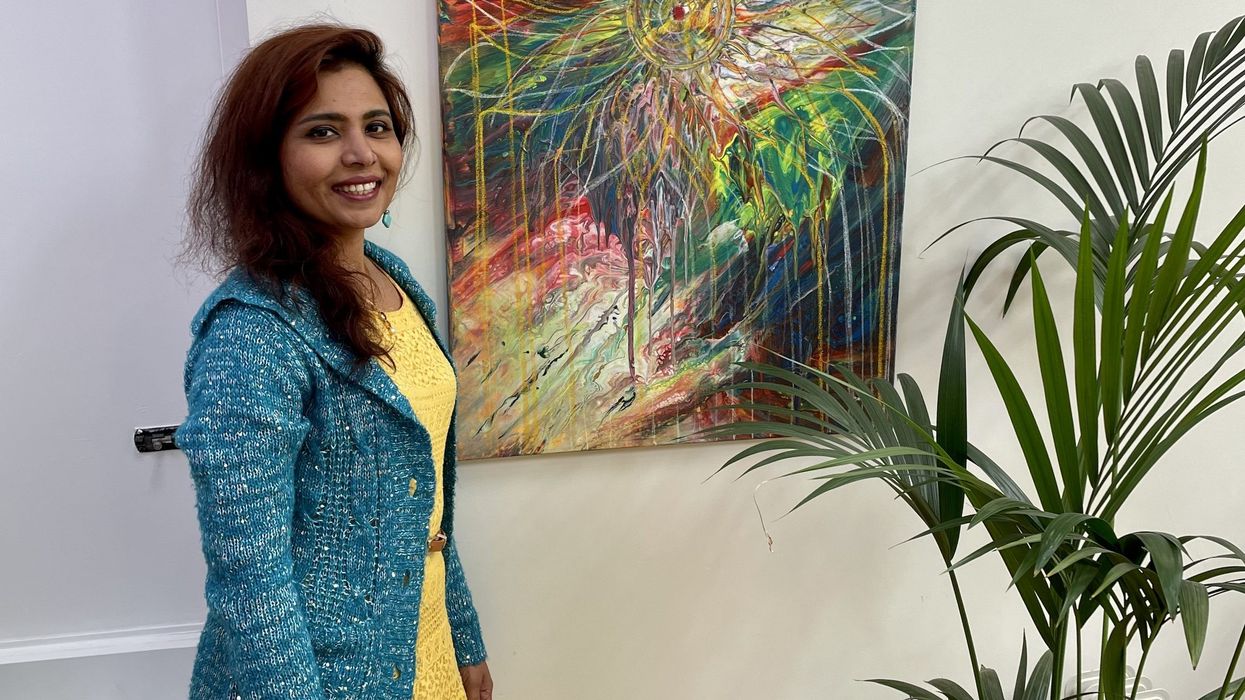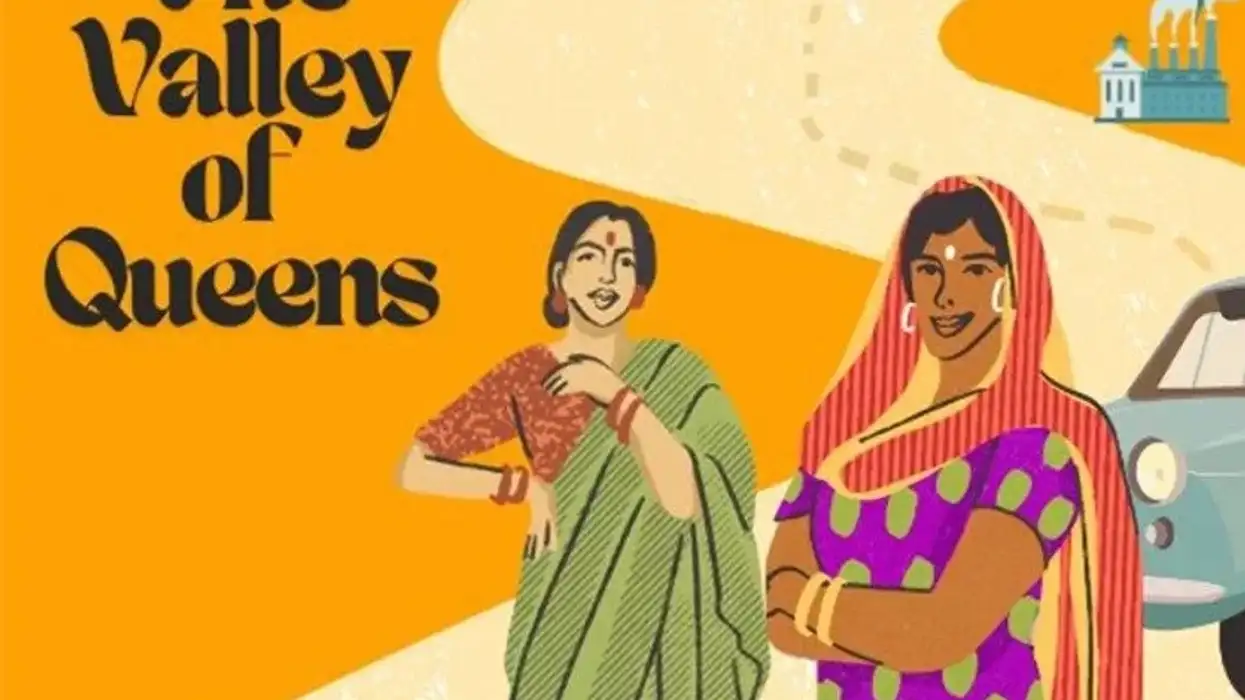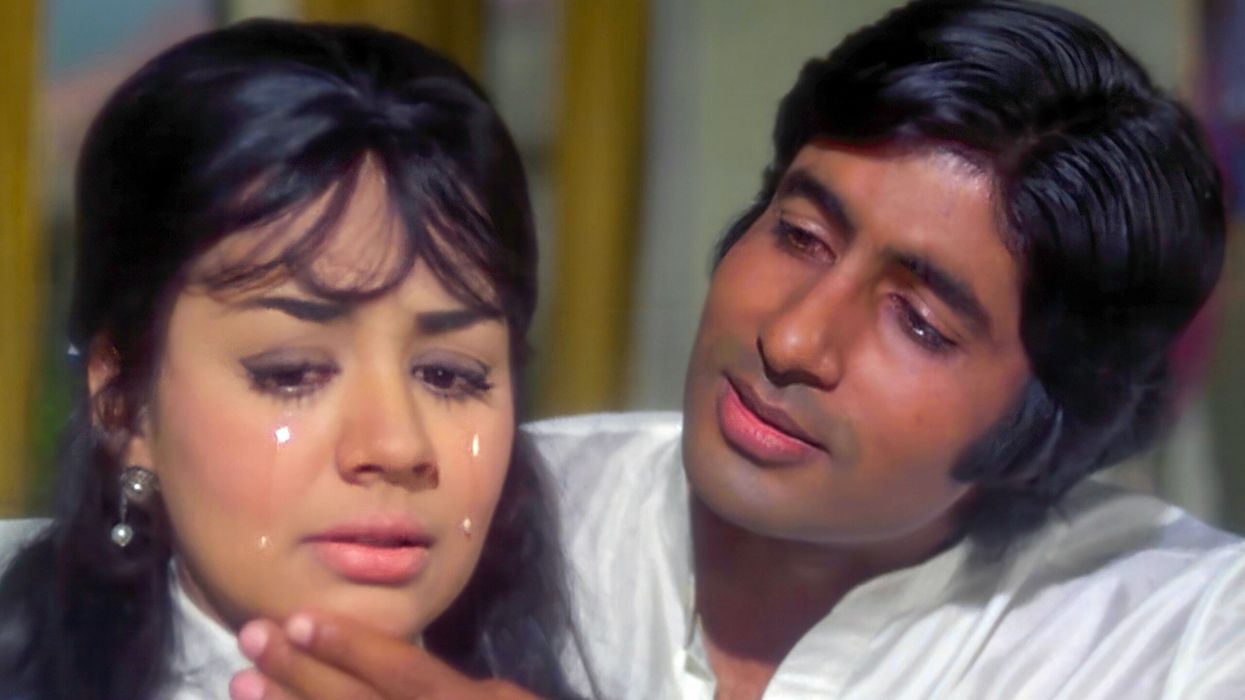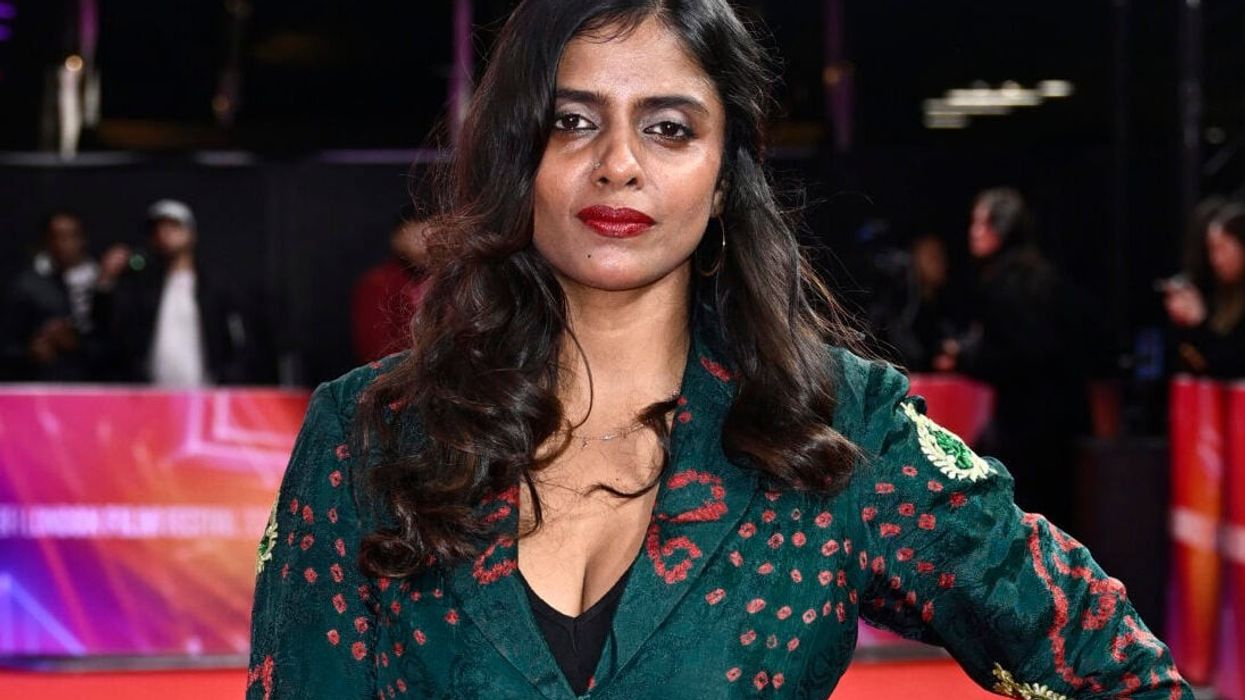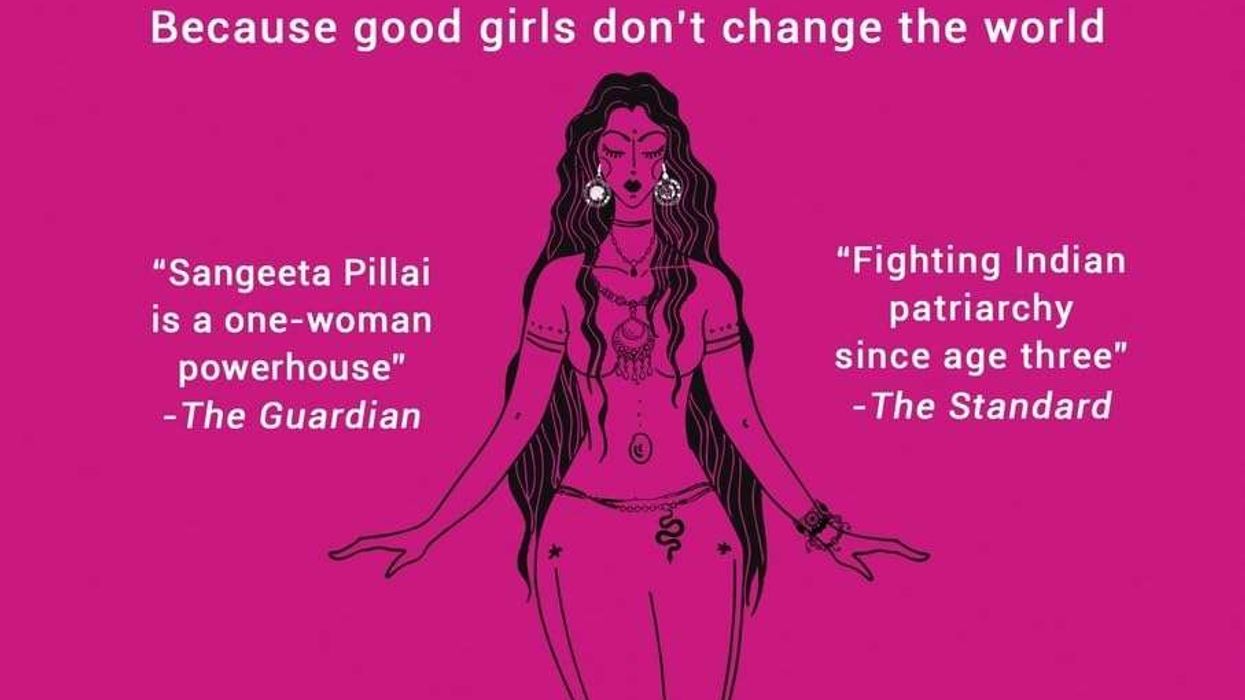MANY reconnecting with art during the pandemic has turned it into a very popular pastime.
Apart from being an avenue for creative expression, the colourful hobby has also helped mental wellbeing and been a way to connect with like-minded people. West London-based artist Sangeeta Weatherley has created a space for those wanting to learn painting through hands-on individual and group classes at her studio in Chiswick.
She now balances creating eye-catching works of art with helping people reconnect with their inner Picasso and discussed her colourful classes with Eastern Eye. She also spoke about art helping with mental wellbeing.
What first connected you to art?
I am passionate about outdoors. On one of my walks in India, I came across a group of watercolourists and discovered a love for capturing nature through art.
How would you describe your work?
My work is packed with vibrant colours with an element of spontaneity and abstraction. I use watercolours and acrylics, which have quick drying times that allow me to paint more and express myself more freely. I am challenging myself constantly by experimenting with various techniques.
Is there any one piece that is closest to your heart?
Every painting is special. If I must pick one, then Crazy Little Thing Called Love is my current favourite as it’s the first artwork I painted in my studio.
What made you start art classes?
I started my art classes to help people connect with their creative side. I have a passion for working with people and can lead diverse age groups and abilities. It has been proven that art provides an array of benefits.
Tell us about the art classes?
The art classes are suitable for all ages and abilities. I provide all materials. I demonstrate and guide you through a chosen theme.
How can art and classes help people?
Art helps you relax and connect with your inner creativity. It also boosts self-esteem and confidence.
What kind of feedback have you had from those attending your classes?
Some of the feedback I’ve received is, Silvia Del Corso saying, “my daughter and I attend Sangeeta’s classes; it is something we truly enjoy. It sets the mind free, allows us to express our creativity and it is a moment of mindfulness. Thank you so much for your passion, talent, patience, and dedication.” And someone else (Robert Marshall), said, “I find Sangeeta’s art very stimulating. Regardless of the subject matter, each piece conjures up emotions and memories not just of the physical, but something deeper. No wonder, then, that her teaching reflects the same energy and zest.”
Why should more people take up art?
The average person has more than 6,000 thoughts per day and 90 per cent of them are the same, day in and day out. Creating art provides a distraction, giving your brain a break from your usual thoughts. It helps you get in a state of flow. This meditative-like state focuses your mind and temporarily pushes aside all your worries.
How has art helped you?
It has provided an outlet to express myself. I am a much happier person. It also helps me connect with a lot of amazing people. It has allowed me to evolve both as an artist and businesswoman.
What else can we expect from you?
I’m expanding my classes – Art for Wellbeing for corporates, Art Parties for all occasions and one-to-one sessions. I also exhibit regularly. Details can be found on my website www.sansart.co.uk
What inspires you as an artist?
I am inspired by nature. London is abundant with parks and waterbodies. I paint a lot of florals inspired by spring and autumn colours. I live close to the Thames and draw a lot of inspiration from the tidal variations and seasonal changes.
Why should we attend your art classes?
There might be a Picasso waiting to be discovered! My class might inspire you in many ways. Art could be a new way to journal a creative colour diary, a way to capture your day or to clear your head.
Visit Twitter: @SanThoughts and Instagram: sans.art
